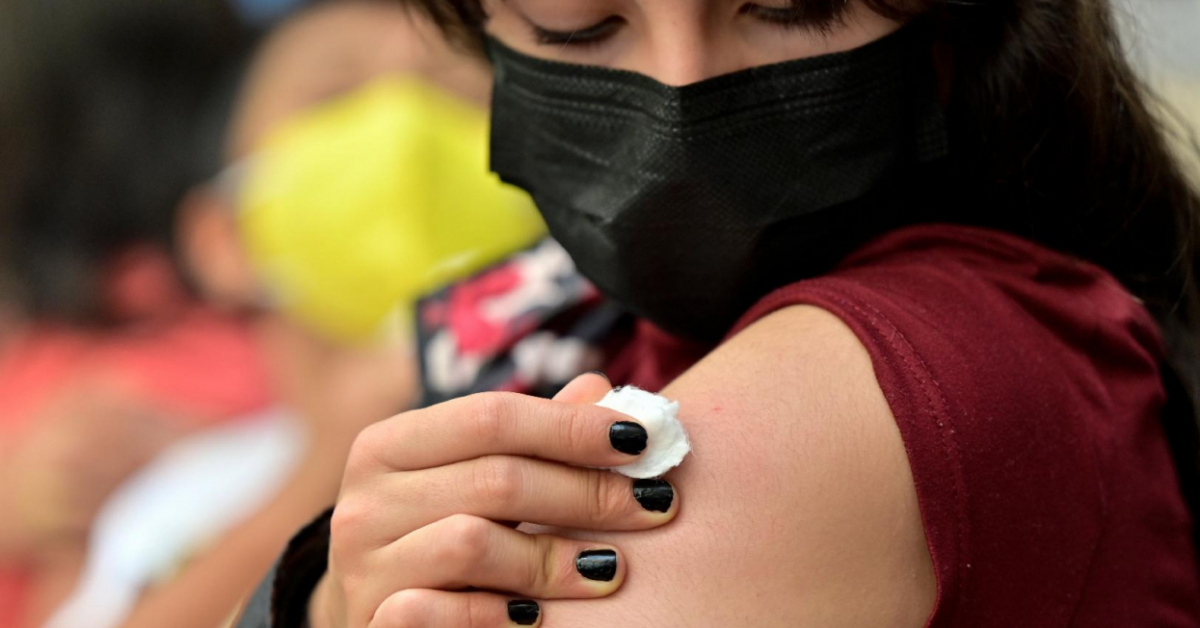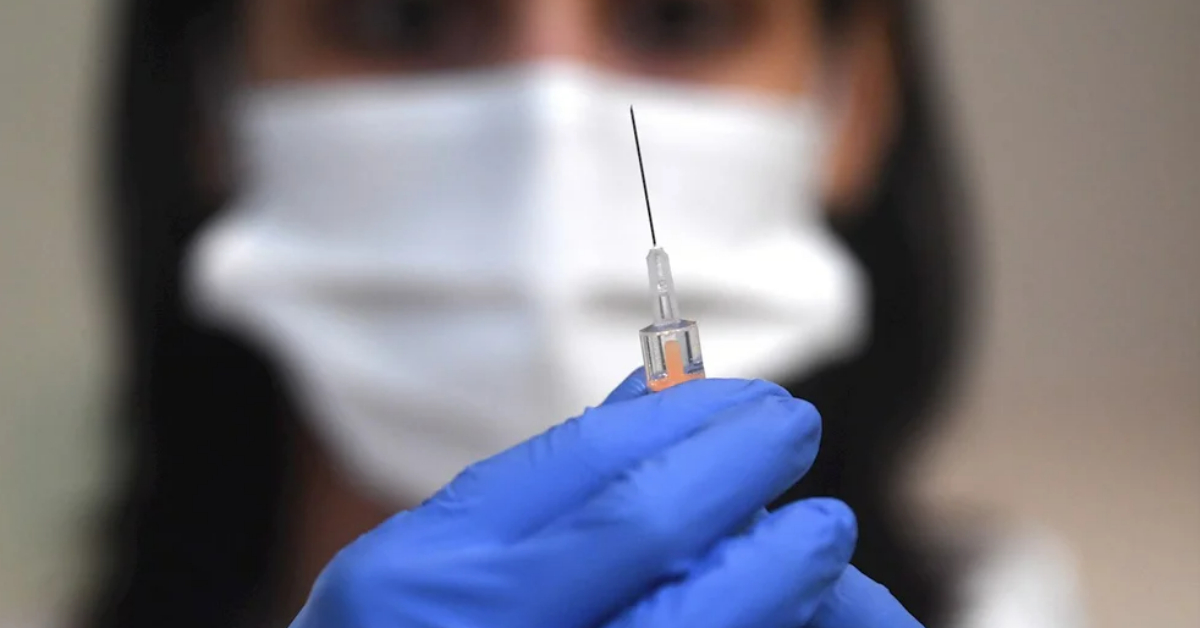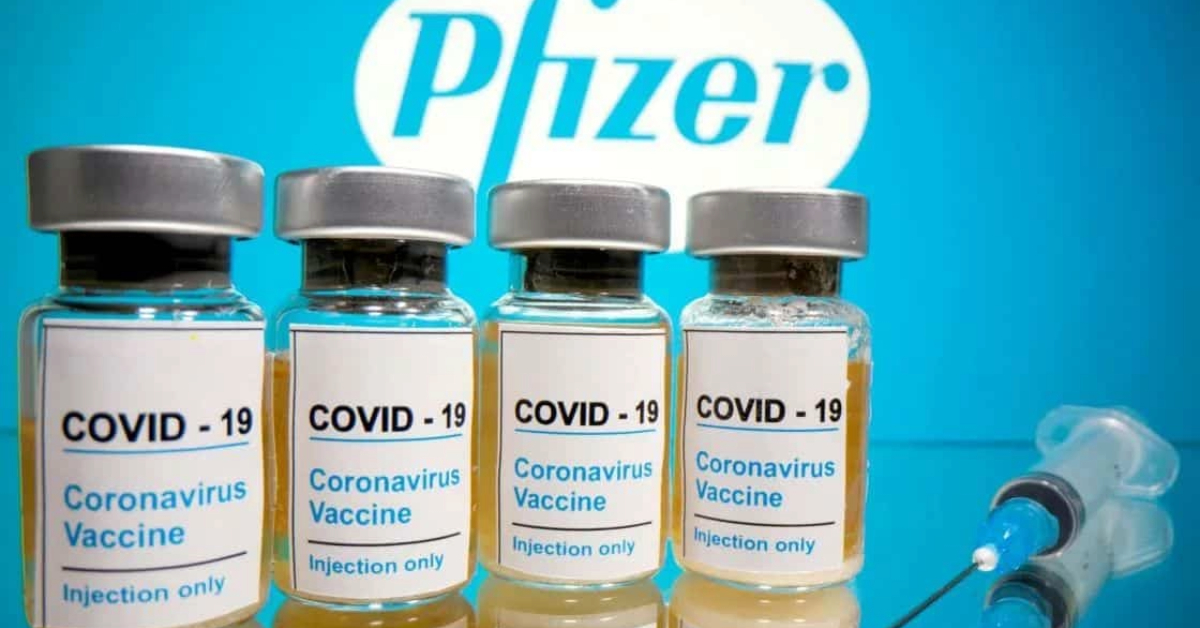Puerto Vallarta (PVDN) - On Wednesday, Mexican authorities celebrated the development of the country's first COVID-19 vaccine, named "Patria" or "Motherland," more than two years after vaccines from the U.S., Europe, and China were introduced. The vaccine is a collaborative effort between the Mexican government and Avimex, a company that previously specialized in animal vaccines.
The purpose of the newly developed vaccine remains uncertain, as vaccine uptake in Mexico has significantly declined in late 2022 and 2023. The country still has millions of doses of the Abdala vaccine purchased from Cuba. María Elena Álvarez . . .






